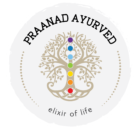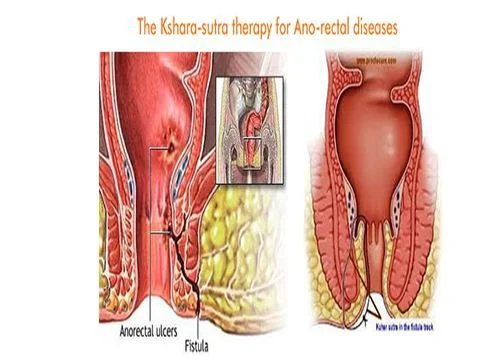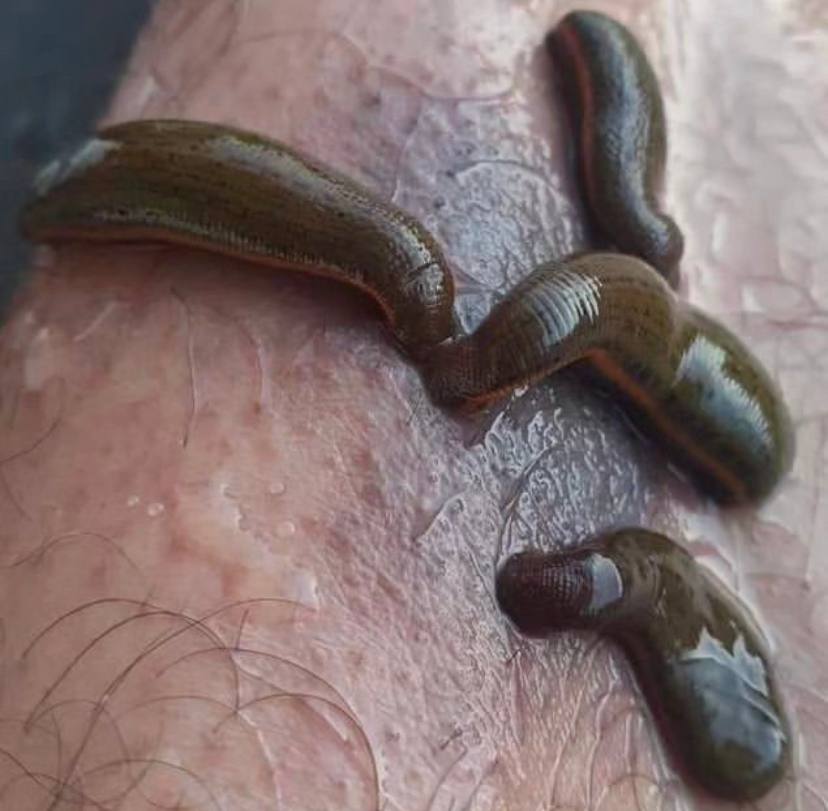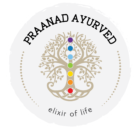Anu Tailam : Miraculous Nasyam Oil
The ancient Indian medical system of Ayurveda is based on the belief that optimal health is achieved through balance and harmony within the body, mind, and spirit. “Anu Tailam,” a traditional herbal oil formulation renowned for its profound benefits to nasal health and overall well-being, is one of Ayurveda’s many treasures. This article delves into the depths of Anu Tailam, investigating its ingredients, preparation, usage, and the science behind its Ayurvedic effectiveness. Analysing Anu Tailam: Anu Tailam is a traditional Ayurvedic formulation that falls under the category of “Nasya,” which is the practise of administering herbal oils, decoctions, or powders through the nasal passages. The term “Anu Tailam” comes from Sanskrit, where “Anu” refers to small particles and “Tailam” refers to oil. This therapeutic oil is specifically designed to nourish and rejuvenate the nasal passages, which are thought to be pathways to the brain and have a significant influence on overall health according to Ayurveda. Ingredients and Method of Preparation: Anu Tailam is made with a meticulous combination of potent herbs and oils. The exact composition varies depending on the formulation, but Anu Tailam generally contains a base of sesame oil, as well as a variety of herbs and botanicals. Anu Tailam contains the following ingredients (according to Charak Samhita): 1. Sesame Oil: This nourishing oil serves as the base for Anu Tailam. It is chosen for its ability to penetrate deep into tissues and carry the herbal constituents effectively. 2. Chandana (Sandalwood): Used for its soothing and cooling properties, often applied as a paste to the skin, and used in various skincare products. 3. Aguru (Agarwood): Known for its aromatic fragrance, used in perfumes and incense, and also believed to have medicinal properties. 4. Patra (Cinnamomum tamala): Used in traditional medicine for its anti-inflammatory and digestive properties. 5. Darvi (Tree Turmeric): Used in Ayurvedic medicine for its anti-inflammatory and antiseptic properties. 6. Madhuka (Licorice): Known for its anti-inflammatory, expectorant, and soothing effects on the respiratory system. 7. Bala (Sida cordifolia): Used for its rejuvenating and strengthening properties, often used in Ayurvedic formulations. 8. Prapaundarika (Nelumbo nucifera – Lotus): Various parts of the lotus plant are used in traditional medicine for their calming and astringent effects. 9. Sukshma Ela (Cardamom): Used for digestive support, freshening breath, and adding flavor to dishes. 10. Vidanga (Embelia ribes): Known for its anthelmintic properties, often used to treat intestinal parasites. 11. Bilva (Aegle marmelos): Used in Ayurvedic medicine, known for its digestive and astringent properties. 12. Utpala (Nymphaea lotus): Used in traditional medicine for its cooling and astringent properties. 13. Hribera (Coleus forskohlii): Contains forskolin, which is believed to have various health benefits, including promoting weight loss. 14. Abhayam (Terminalia chebula – Haritaki): Used in Ayurveda for its laxative and digestive properties. 15. Vanya (Clerodendrum phlomidis – Agnimantha): Used in traditional medicine for its diuretic and anti-inflammatory properties. 16. Twak (Cinnamomum verum – Cinnamon): Known for its anti-inflammatory and antioxidant properties. 17. Musta (Cyperus rotundus): Used for digestive issues and as a general health tonic. 18. Sariva (Hemidesmus indicus): Known for its detoxifying and blood-purifying properties. 19. Sthira (Santalum album – Sandalwood): Used in Ayurvedic medicine for its cooling and calming effects. 20. Jivanti (Leptadenia reticulata):Used as a rejuvenating and strengthening herb. 21. Prushniparni (Uraria picta): Used in traditional medicine for its rejuvenating and tonic properties. 22. Deodar (Cedrus deodara): Known for its aromatic properties and used in Ayurvedic formulations. 23. Shatavari (Asparagus racemosus): Used as a rejuvenating herb, especially for women’s health. 24. Harenu (Grewia asiatica):Used for its astringent and anti-inflammatory properties. 25. Bruhati (Solanum indicum): Used in Ayurvedic medicine for its detoxifying and anti-inflammatory effects. 26. Vyaghri (Solanum xanthocarpum – Kantakari): Used for respiratory issues and as a bronchodilator. 27. Surabhi (Boswellia serrata – Indian Frankincense): Known for its anti-inflammatory properties, often used for joint health. 28. Padmakeshara (Lotus stamen): Used in traditional medicine for its astringent properties. The Science of Anu Tailam The nasal passages, according to Ayurveda, are inextricably linked to the brain and the vital life force known as “Prana.” According to Ayurvedic principles, Anu Tailam is primarily used for nasal administration and provides a variety of benefits. It is frequently used to treat conditions affecting the head, nose, and surrounding areas. According to the Charaka Samhita, the following are some of the traditional benefits of Anu Tailam: Anu Tailam is well-known for its ability to relieve nasal congestion and clear the nasal passages. It aids in the removal of excess mucus and promotes easier breathing. Sinus Problems: The formulation may be useful in treating sinus-related issues such as sinusitis. It aids in the reduction of inflammation and alleviation of discomfort in the sinus cavities. Headaches: Anu Tailam may help relieve a variety of headaches, particularly those caused by sinus congestion or tension. Improving Vision: This formulation is thought to improve vision and eye health. It is sometimes used in Ayurveda to improve vision clarity. Hair Health: Anu Tailam can be applied externally to the scalp to nourish the hair follicles and promote healthy hair growth. It may aid in the prevention of hair loss and dandruff. Support for the Nervous System: According to Ayurvedic principles, applying Anu Tailam to the nasal passages can have a calming and soothing effect on the nervous system. It may aid in the reduction of stress and anxiety. Improving Mental Clarity: Anu Tailam is thought to improve mental clarity and alertness. It can be used as part of practises to focus the mind and improve cognitive functions. Throat Irritation: Applying the formulation gently to the back of the throat can help relieve throat irritation, soreness, and discomfort. Balancing Doshas: Anu Tailam is commonly used in Ayurveda to balance the Vata dosha, which is associated with movement and air-like qualities. Vata imbalances are thought to contribute to a variety of health issues, and Anu Tailam applied to the nose can help restore balance. Application and Usage: Anu Tailam is commonly used as part of Nasya therapy, which consists of the following steps: 1.





